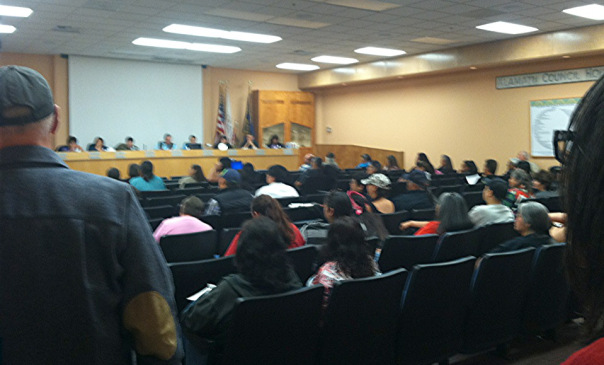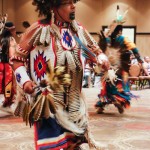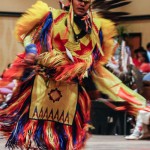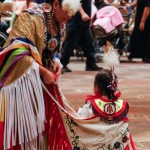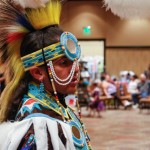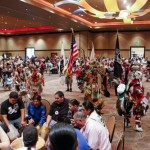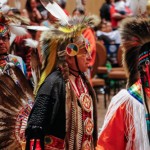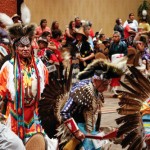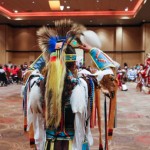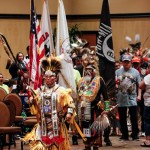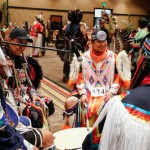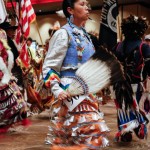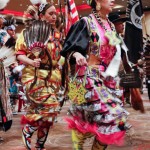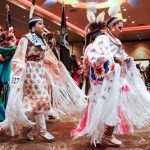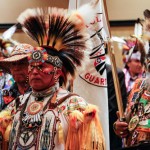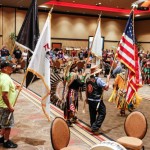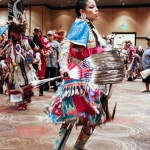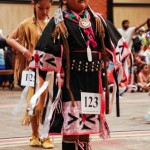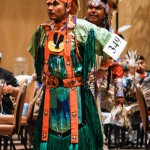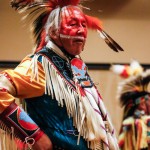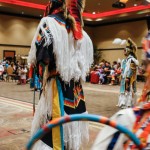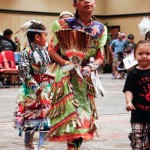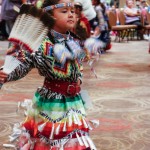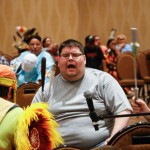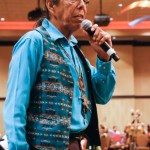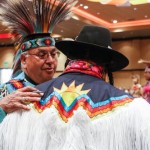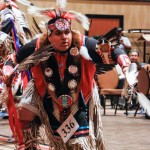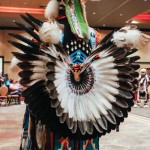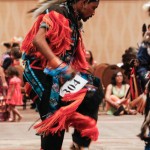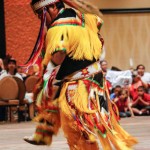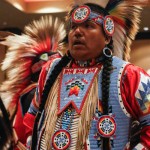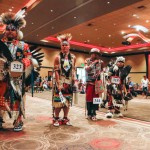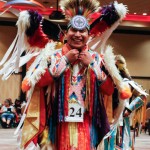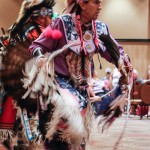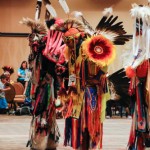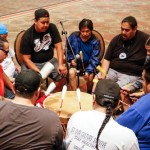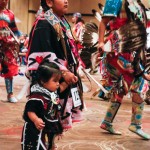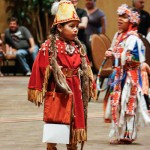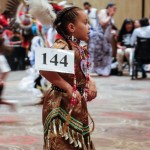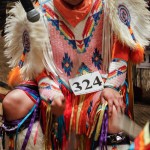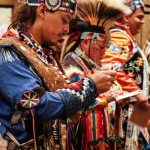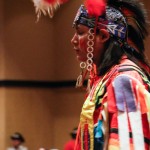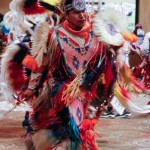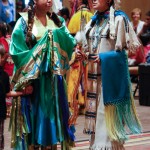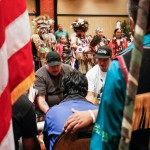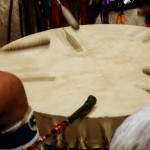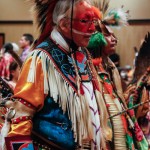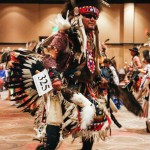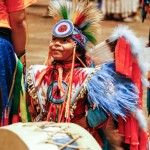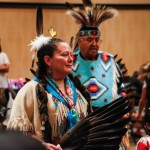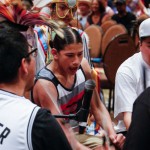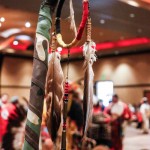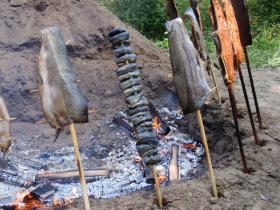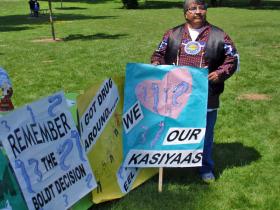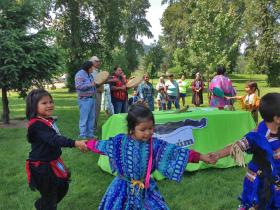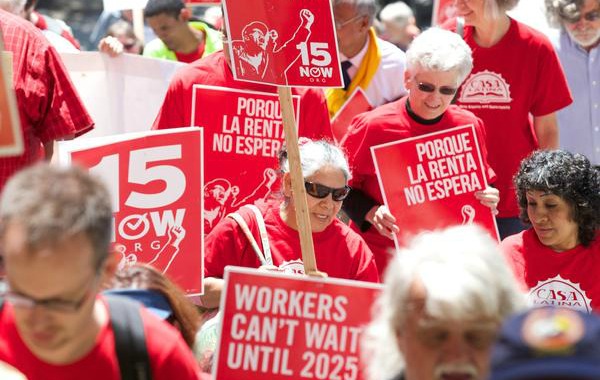
In historic and unanimous vote, city to give make its work force highest paid in the nation
By Jon Queally, Common Dreams
Less than six months after the start of an aggressive grassroots campaign, the Seattle City Council unanimously approved a $15 minimum wage on Monday, the highest in the nation.

A supporter of the $15 an hour minimum wage holds a sign during a Seattle City Council meeting in which the council voted to raise the minimum wage in Seattle, Monday June 2, 2014. (Photo: Stephen Brashear / Puget Sound Business Journal) The measure passed by a 9-0 vote and was met with cheers and celebration among workers in the chamber and those gathered outside.
“We did this. Workers did this. Today’s first victory for 15 will inspire people all over the nation,” said councilor Kshama Sawant, whose victory last fall as a Socialist Alternative candidate and continued push for the $15 wage are credited with galvanizing the city-wide movement that pushed the council for the increase.
“A hundred thousand low-wage workers in Seattle will be seeing their wages raised to $15 an hour over the next 10 years. That would imply a transfer of roughly $3 billion from the top to the lowest paid workers,” she continued. “Such a transfer has not happened in so many decades because mostly what’s happened is the flow of wealth has been from the bottom up. This is really raising the confidence of working people around the country.”
“We did this. Workers did this. Today’s first victory for 15 will inspire people all over the nation.” —Kshama Sawant, city councilor
Working Washington—a coalition of individuals, neighborhood associations, immigrant groups, civil rights organizations, people of faith, and labor—also celebrated the victory. In a statement just ahead of the vote, the group said:
When Seattle fast food workers with Working Washington first called for $15, many thought it was well out of reach — an impossible dream, not a realistic demand. But the bold leadership of fast food workers, airport workers, grocery workers, and others transformed the public debate and changed what was possible.
A year ago, $15 was just a number on fast food strikers’ picket signs. Today it’s set to become reality for 100,000 Seattle workers.
It was not a complete and total victory for progressive coalition. Numerous amendments offered by Sawant to strengthen the new wage law, including speeding up its implementation, were defeated by the council. In the end, however, no one denied that it was only the relentless pressure from below that forced its historic, if compromised, passage.
In her speech following the vote, Sawant acknowledged the shortcomings of the bill, but called it an “historic victory” as she rose to explain the importance of how Seattle activists were able to bend the council, including those tied to large business interests, towards their will:
15 was not won at the bargaining table as the so-called “sensible compromise” between workers and business. It was not the result of the generosity of corporations or their Democratic Party representatives in government.
What was voted on in the city council was a reflection of what workers won on the street over this last year.
In 15 Now, groups of workers and activists met weekly, held mass conferences and debates, organized rallies, and engaged thousands of people around the city about the need for a living wage. We won the public debate – in a recent poll 74% of voters now support 15. We defeated the arguments of business in the corporate media.
Let this be our guide. At every stage of the struggle, corporations and their representatives, have sought to undermine our efforts. And future victories will also depend on the organization of working people fighting for our interests.
Writing for The Nation, John Nichols highlighted the aggressive stance of Sawant and her allies as he put the Seattle wage fight in its national context:
Sawant unsuccessfully proposed amendments to speed up wage hikes for employees of the largest businesses—those with over 500 employees—and to assure that tipped workers get the full benefit of the wage hike. And she objected to a provision that allows for paying some workers below the minimum, saying, “Any kind of teenage wage or sub-minimum wage goes against the principles of workers standing together. The sub-minimum wage is demanded and liked by businesses because it allows them to bring down wages in general. It’s harmful for workers as a whole.”
Sawant and her allies are not done with the fight. They are gathering signatures for a city charter amendment that would have large businesses paying $15-an-hour starting January 1, 2015, while small business and nonprofits would have a three-year phase-in period. The charter amendment will, if it qualifies for the ballot, face significant opposition from Big Business. And there will be those who suggest that the 15 Now activists are asking for more than can be reasonably obtained.
But just a year ago, there were plenty of folks who said $9-an-hour was an unreasonable goal. Now the debate in Seattle is about how quickly to go to $15. And that debate is spreading to communities nationwide.
In response to passage of the new Seattle wage hike, the International Franchise Association—which represents corporate chain stores and restaurants like McDonald’s, Subway, and others—renewed their promise to sue the city over the new wage law. But as the Seattle Times reports, many local business owners welcomed the vote:
Molly Moon Neitzel, owner of Molly Moon’s ice cream, said the mandate will drive up her labor costs by $100,000 a year, but she expects to benefit from workers with more money to spend locally.
“A hundred thousand people next year will have more money in their pockets,” she said, referring to the estimated number of workers who now make less than $15. “They’ll have more money to buy ice cream.”
Neitzel has about 80 employees at six stores in Seattle. Last fall, she raised pay for her non-tipped employees to $15 from between $11 and $13.50.
She said another probable benefit from the higher minimum wage is reduced employee turnover.
“They’re so appreciative of the raise,” she said of her non-tipped employees. “Retention is great, and their quality of life has increased.”




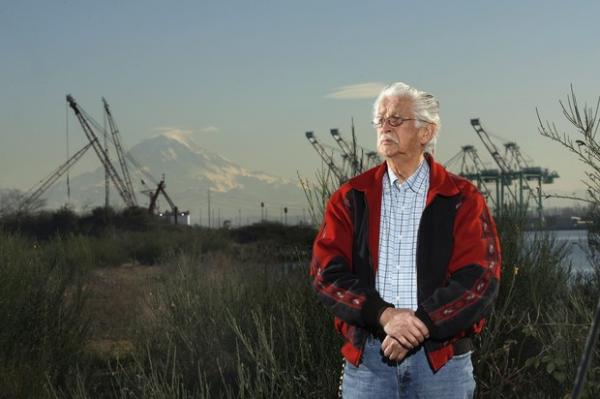

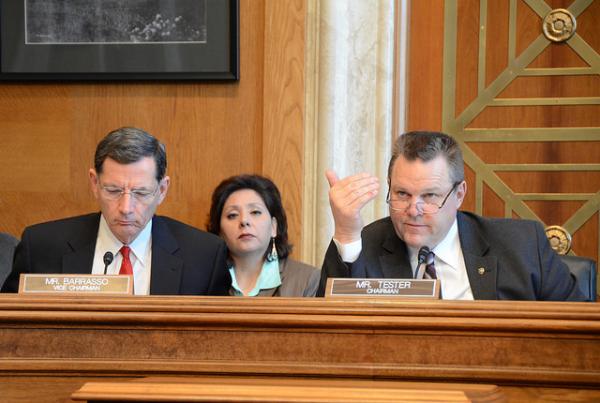

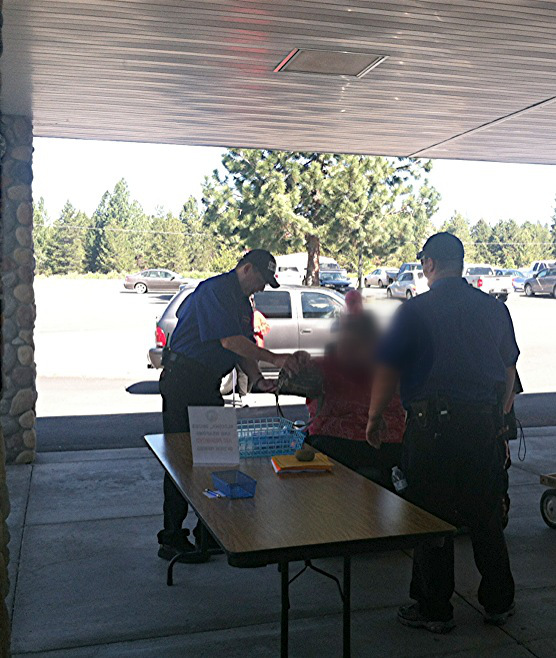 Klamath members were “wanded” and searched by security hired from Medford before entering the front doors, and asked to provide Klamath Tribal ID to Chairman Gentry’s wife, Mary Gentry, prior to entering the auditorium. Everyone was asked to sign in and wear a name tag. Signs were posted on the front door of the Administration building that read “video/audio recording is NOT permitted, unless specifically authorized by the Klamath Tribes.”
Klamath members were “wanded” and searched by security hired from Medford before entering the front doors, and asked to provide Klamath Tribal ID to Chairman Gentry’s wife, Mary Gentry, prior to entering the auditorium. Everyone was asked to sign in and wear a name tag. Signs were posted on the front door of the Administration building that read “video/audio recording is NOT permitted, unless specifically authorized by the Klamath Tribes.”